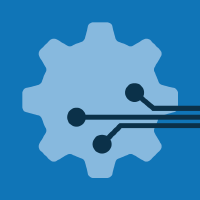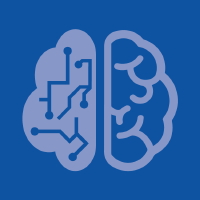Topic Menu
► Topic MenuTopic Editors


New Frontiers in Industry 4.0
Topic Information
Dear Colleagues,
Over the last few years, the Industry 4.0 paradigm has been one of the leading paradigms towards integrating modern smart technologies in manufacturing and industrial practice. The main underlying Industry 4.0 goals have been to allow for the closer interconnection of machines, devices and people, to increase information transparency, to support humans in a broad range of decision-making activities and to enable the autonomous operation of cyber-physical systems.
Industry 4.0 comprises a set of major components, including:
- Internet of Things platforms and applications;
- Mobile and wearable devices;
- Smart sensors;
- Authentication, data security and protection;
- Cognitive computing platforms and applications, including technologies related to artificial intelligence, machine learning, as well as big data processing and analytics;
- Advanced interactive technologies, including augmented/virtual reality;
- Advanced data visualization techniques.
This topic aims to collect the results of research in these, and other relevant, Industry 4.0 areas. The submission of papers within those areas with strong connection to engineering, industrial and manufacturing applications is strongly encouraged.
Prof. Dr. Nikolaos Papakostas
Dr. Sotiris Makris
Topic Editors
Keywords
- cyber-physical systems
- IoT
- cloud computing and manufacturing
- computer vision for automation
- predictive maintenance
- additive and hybrid manufacturing
- digital twin
- supply chain management
- artificial intelligence
- predictive modeling
- Big Data analytics for manufacturing applications
- robotics
- automation
- Autonomous Systems
- machine learning for manufacturing applications
Participating Journals
| Journal Name | Impact Factor | CiteScore | Launched Year | First Decision (median) | APC |
|---|---|---|---|---|---|

Applied Sciences
|
2.5 | 5.5 | 2011 | 19.8 Days | CHF 2400 |

Automation
|
2.0 | 4.1 | 2020 | 23.4 Days | CHF 1200 |

Robotics
|
3.3 | 7.7 | 2012 | 21.8 Days | CHF 1800 |

Big Data and Cognitive Computing
|
4.4 | 9.8 | 2017 | 24.5 Days | CHF 1800 |

Sensors
|
3.5 | 8.2 | 2001 | 19.7 Days | CHF 2600 |

Preprints.org is a multidisciplinary platform offering a preprint service designed to facilitate the early sharing of your research. It supports and empowers your research journey from the very beginning.
MDPI Topics is collaborating with Preprints.org and has established a direct connection between MDPI journals and the platform. Authors are encouraged to take advantage of this opportunity by posting their preprints at Preprints.org prior to publication:
- Share your research immediately: disseminate your ideas prior to publication and establish priority for your work.
- Safeguard your intellectual contribution: Protect your ideas with a time-stamped preprint that serves as proof of your research timeline.
- Boost visibility and impact: Increase the reach and influence of your research by making it accessible to a global audience.
- Gain early feedback: Receive valuable input and insights from peers before submitting to a journal.
- Ensure broad indexing: Web of Science (Preprint Citation Index), Google Scholar, Crossref, SHARE, PrePubMed, Scilit and Europe PMC.

